Discovering Australia’s great rocks, home to wildlife aplenty

Mungo National Park and the wider Willandra Lakes Region World Heritage Area has a series of ancient lakes that once supported lush ecosystem. Today the lake floors are dry saltbush plains; on their western sides they have crescent-moon shaped dunes known as lunettes, which were formed by prevailing winds when the lakes were full. Over millennia, wind and water carve the lunettes – such as the Walls of China – into alien-looking formations. Rain slowly washes away sand and soil, creating channels and ridges.
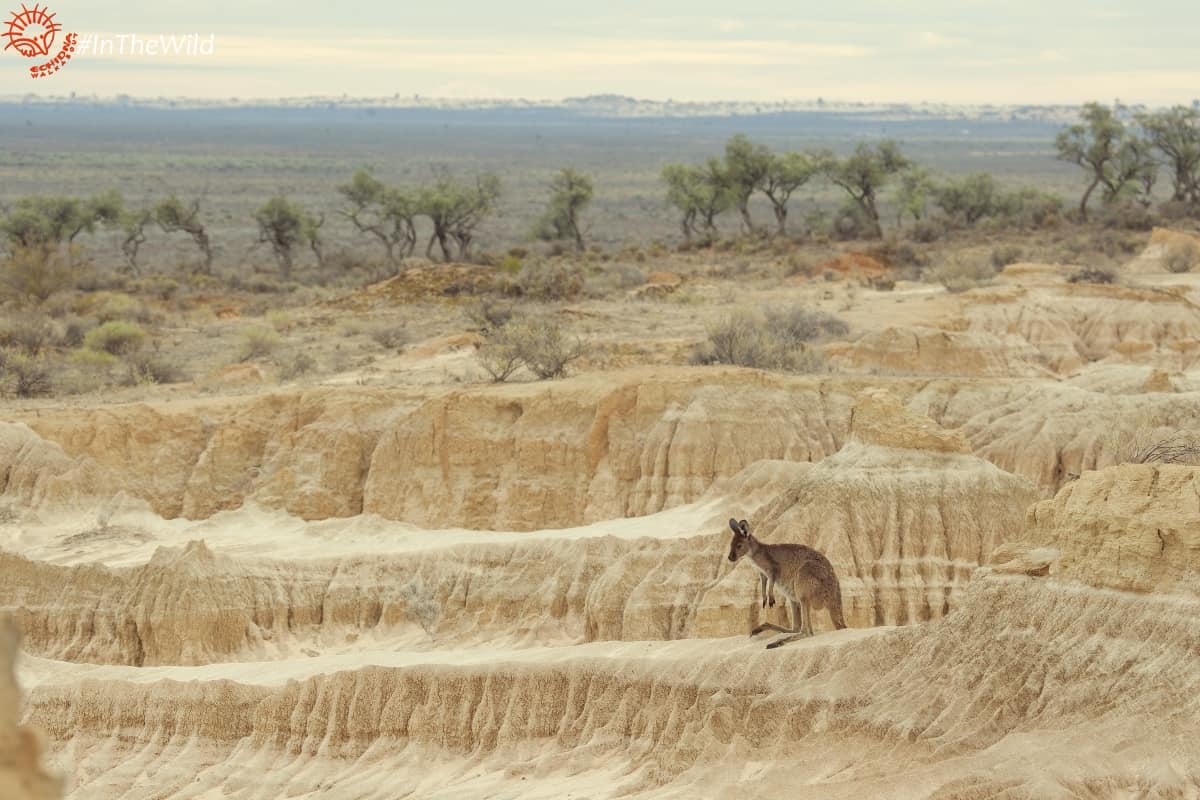
Each dawn reveals fresh tracks on the dunes, left by an array of native wildlife. According to Janine Duffy, co-owner and wildlife guide of Echidna Walkabout Nature Tours, the variety is eye-popping. “There’s abundant macropods, specifically western greys and red kangaroos,” Janine says, “and lots of people don’t know how to tell them apart but after time spent with our guides out here people start to see the differences in build and behaviours. We also see lots of birds, from emus to parrots and cockatoos.
“The single biggest appeal of the area is it’s the best place to see flocks of Major Mitchell cockatoos. In fact Mungo NP has a large variety of birds, despite its arid environment. Common species include the galah and many other parrots, finches, honeyeaters and fairy wrens. Birds of prey include kites, goshawks, harriers, kestrels and the wedge-tailed eagle.”
Sand dunes in the Willandra Lakes can tower 50m or more above the saltbush plains. Gould’s goanna (Varanus gouldii) is the largest reptile at Mungo. It burrows into clay banks or uses rabbit warrens to shelter between bouts of hunting.
“The wide skies and distant horizons make for spectacular sunrises and sunsets, and the western greys are a common sight on the saltbush plains at dawn and dusk,” says Janine.
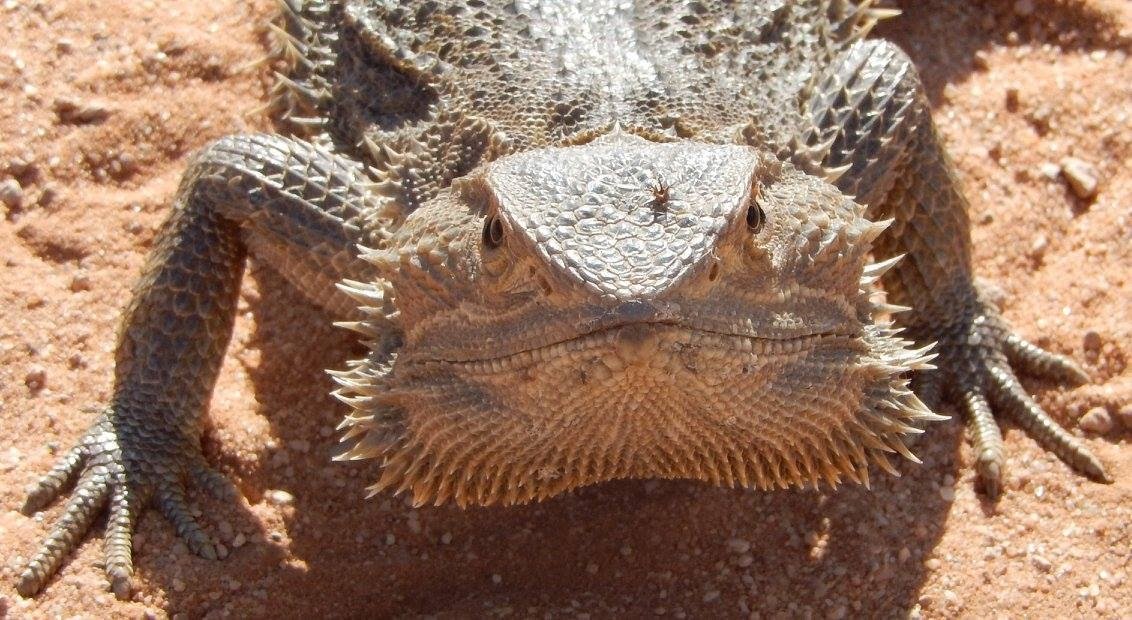
The eroding Willandra Lakes lunettes are littered with fossils and archaeological artefacts such as skeletons from a locally extinct northern hairy-nosed wombats.
Fossils of some of Australia’s earliest Aboriginal people, as well as the megafauna they hunted, frequently erode out of the dunes. These animals included the giant short-faced kangaroo, Procoptodon goliah.
In 2003, many hundreds of 20,000-year-old human footprints were found in the Willandra Lakes Region World Heritage Area. Here members of the regions three tribal groups – the Paakantyi, the Ngiyampaa and the Mutthi Mutthi – walk through the footsteps of their ancestors.
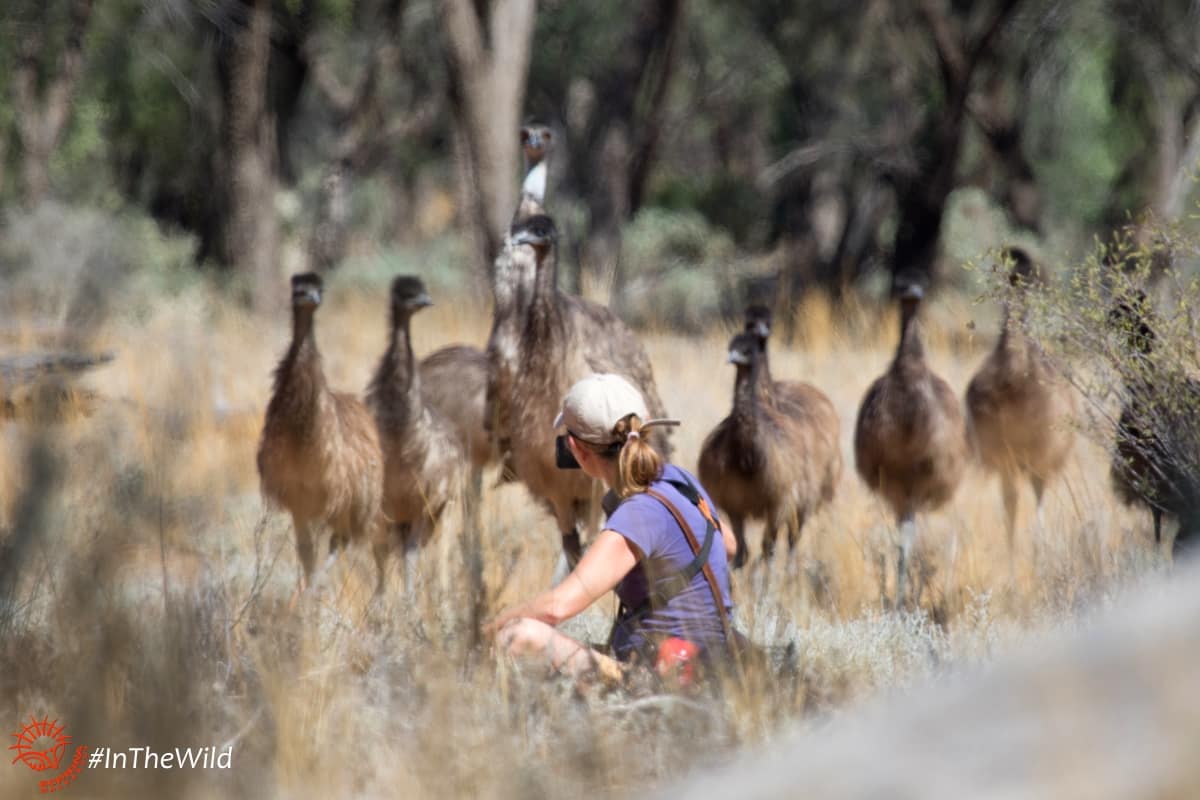
The world’s largest collection of fossilised footprints – more then 530 – has provided a rare snapshot of Ice Age life. They were left in a kind of clay including magnesium and calcium carbonate, which sets as hard as concrete.
In 1974, now-retired professor Jim Bowler found the 42,000-year-old remains of Mungo Man. These are the oldest human remains in Australia, and they showed Aboriginal people had been on this continent much longer then scientists previously believed. Mungo Man and the cremated remains of Mungo Lady (found nearby by Jim in 1969) are among the world’s earliest evidence for complex funerary rights.
To join this incredible Echidna Walkabout Nature Tours trip, visit AG Mungo & Outback Conservation Journey.
Kangaroo Island
Craig Wickham grew up on Kangaroo Island and runs tours of his homeland through Exceptional Kangaroo Island.
“There’s so much to discover here, from the wild, untamed landscape to our bounty of wildlife,” he says.
If you’re appetite is for geological formations and the habitat they create for native wildlife then you’re well served by visiting Remarkable Rocks and Admirals Arch while visiting KI.
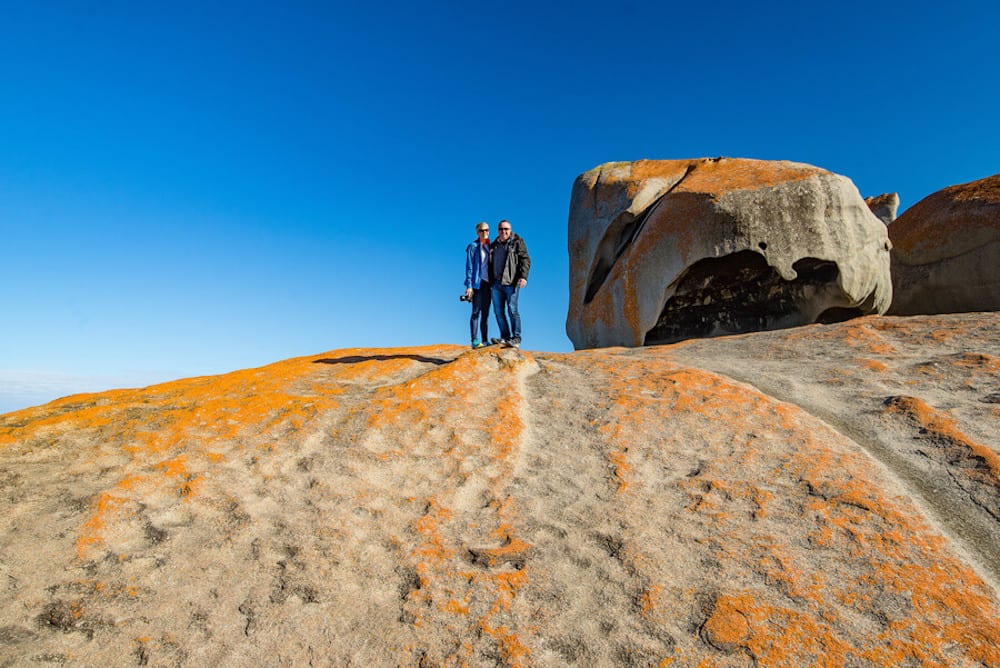
“Both are in the same area,” says Craig, “within 10 mins drive of each other and are exposed to wild winds and ocean currents.
“West of Remarkable Rocks the closest land mass is South America and to the south it’s Antarctica, so there are beautiful swells impacting the 500-million-year-old rocks from the Southern Ocean.
“Over the millennia they’ve also been exposed to undersea weathering as well as being sandblasted when KI was connected to the mainland 10-12,000 years ago.
“More recently, the last bushfires [Black Summer] here were so intense that, for the first time in my lifetime, they actually caused the granite to fracture – solid granite has popped off due to the heat.”
Surounded by coastal mallee, a low, dense carpet of vegetation, Remarkable Rocks is a haven for wildlife.
“The vegetation is a beautiful cover for little blokes like southern emu wrens, white-bellied whipbirds and the shy heathwren.
“Then perched on the rocks you’ll find Australian ravens and kestrels, and soaring above it on the updraughts are white-bellied sea eagles and Australian gannets.

“Both Remarkable and Admirals Arch are awesome vantage points to see whales through winter [May–October] – southern rights, sperm and blue whales. And in addition to the birdlife and Tammar wallabies and KI kangaroos at both sites, you can see a very large population of long-nosed fur seals, some Australian sea lions and Australian fur seals.”
For more on the wildlife and geological wonders of KI, visit Exceptional Kangaroo Island’s AG Kangaroo Island & Wildlife Conservation Tour and Flinders Chase Focus tour.
Maria Island
Tasmania’s coastline is rugged and spectacular, and there are few places to better appreciate this than Maria Island. With unique and fascinating geology, Maria Island is a top destination for the geologist, professional or amateur. But not all of us are fascinated by rocks and the almost incomprehensible spans of time that went into making them. Fortunately for us, we don’t have to be geologists to appreciate grandeur and be dwarfed by scale; sensations no visitor to Maria Island’s cliffs can escape.
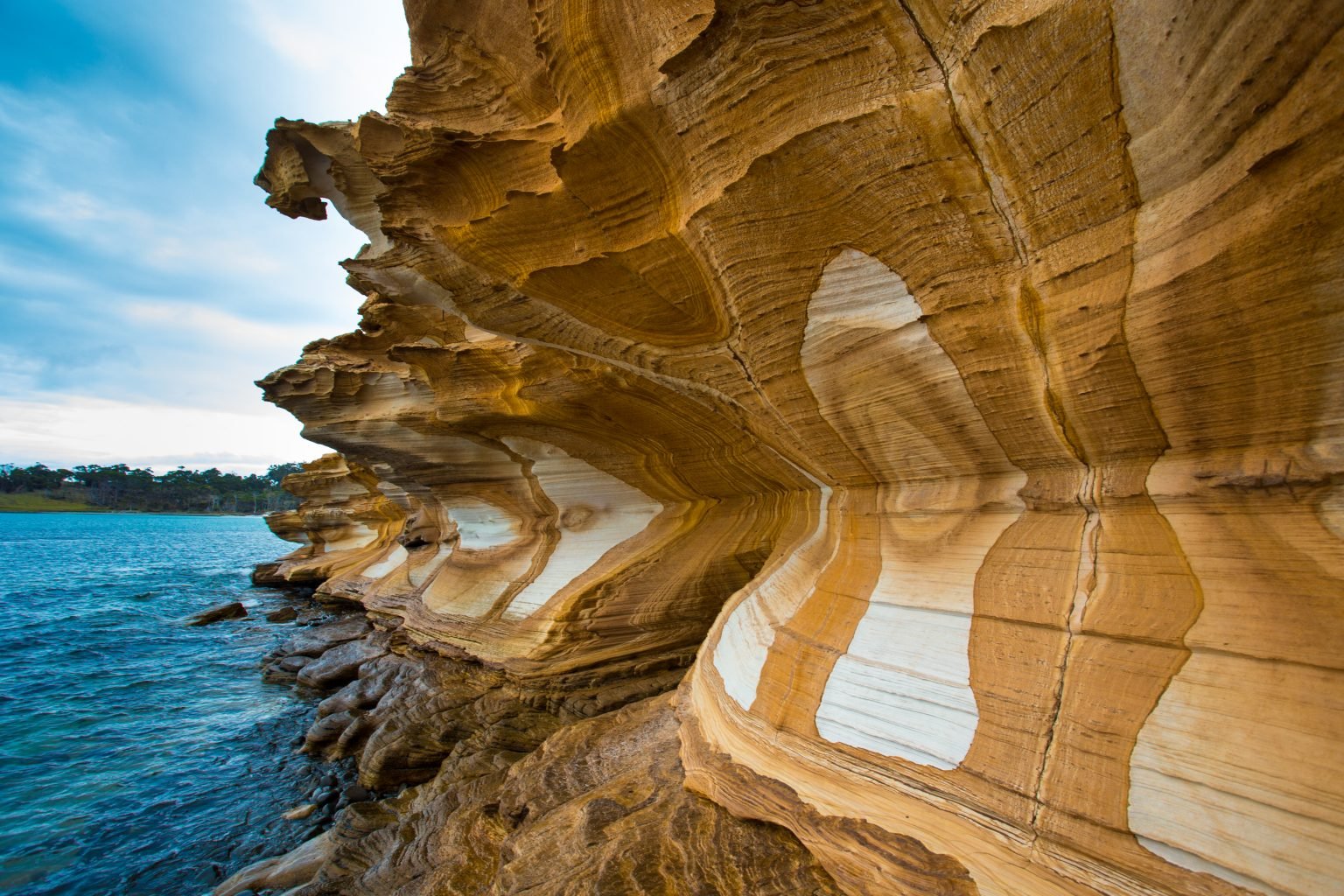
According The Maria island Walk’s Jemma Haythorne, the island’s picturesque sandstone Painted Cliffs are streaked and patterned with iron oxide layers, giving them a fascinating painted appearance. Requiring a low tide and calm seas for access, the tidal pools surrounding them make for excellent snorkelling.
“Viewed during midday, the sandstone cliffs are beautiful and intriguing, but come fully into their own on a sunny afternoon when the evening light strikes the pale sandstone, warming it to rich buttery golden colours and creating a photographer’s paradise,” Jemma says.
“The sandstone formed around 220 million years ago as sediments carried in rivers and streams were deposited. Over time the layers compressed and eventually the sandstone rock was formed. Triassic sandstone also outcrops at 550m above sea level, you walk over some on the Mt Maria ascent.
“Much later, around 10–20mya during a monsoonal climate, iron-rich waters percolated through tiny holes in the sandstone, staining the rock and creating the wonderful patterns.”
More recently, sea spray drying on the rock face has formed crystals of salt, which have weathered to form honeycomb patterns.
Potholes and notches in the cliff face have formed by rock fragments being moved around by wave action. The waves are also undercutting the cliff. You can see where some of the cliff top has recently collapsed.
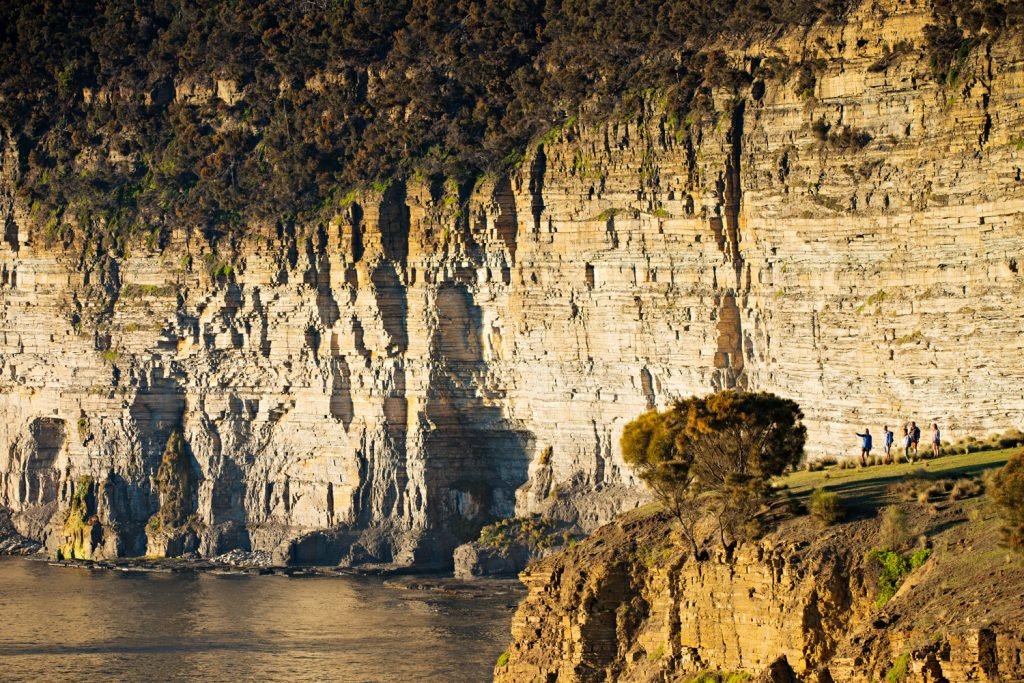
The Fossil Cliffs contain a vast number of fossils, including clams, sea fans, corals, scallop shells and sea lilies, that were deposited in the sea around 300 million years ago. This extraordinary fossil richness is one of the finest examples of its kind anywhere in the world. The resulting sedimentary rocks are so lime-rich that the cliffs were briefly mined for the manufacture of cement.
“Perhaps the most visually striking place on the Island, no visit to Maria is complete without walking up to Skipping Ridge and the Fossil Cliffs,” Jemma says. “Towering over 100m in places and plunging straight into the ocean, cresting that final rise and looking out across the ocean never fails to make the heart skip and the breath catch. Exposed by weathering and erosion, and then a convenient platform cut out by an industrious limestone quarrier in the 1920s, the Fossil Cliffs provide some of the most prolific and best-preserved fossils you will see in Tasmania, if not in the world. Even for someone who is not particularly fascinated by geology or fossils in general, it is impossible to not be struck by wonder when walking over a whole cliff entirely made up of ancient shells.”
During the early Permian, some 300 million years ago, when Tasmania was still a part of the supercontinent of Gondwana, an Ice Age developed, with ice sheets and glaciers forming over much of what is now Tasmania, levelling out mountains and gouging deep fjord-like valleys. Shallow seas penetrated far inland across much of Australia, and layers of mudstone and siltstone began to accumulate. In this cold shallow sea, marine life flourished, in particular bivalve molluscs, the most common and well known being trigonia shells. As these animals lived and died, their shells built up and compressed into the limestone layers we see today. In amongst the limestone and fossils, it is possible to see many drop stones, usually rounded and smooth from being tumbled and eroded by flowing water and ice. These are rocks older than the limestone, carried here by glaciers and icebergs and then dropped onto the shallow seafloor as the ice melted, being incorporated into the seabed and grown over by the bivalves.
The Fossil Cliffs played a major role in Maria Island’s much more recent human history, as it was the limestone here that brought Italian entrepreneur Diego Bernacchi back to the island in the early 1920s to open up one of the most sophisticated industrial cement works in the southern hemisphere. Although short-lived and ultimately unsuccessful, it briefly transformed the island into a bustling centre of industry, and also cut out vast areas of the cliffs, making viewing the fossils much easier for contemporary visitors. A combination of poor quality limestone, the abundance of super-hard drop stones that kept damaging crushing machines, remoteness, poor anchorage, and ultimately the Great Depression all led to the collapse of the cement works, but it has left a legacy that continues to fascinate visitors to this day.
For more on the painted and fossil cliffs of Maria Island, visit the AG Maria Island Walk Departure and The Maria Island Walk.
Tasmania
The incredible dolerite formations across the Tasman Peninsula and also Cradle Mountain are sure to get your heart racing whether you’re a geology fan, rock climber or just love a dramatic landscape.
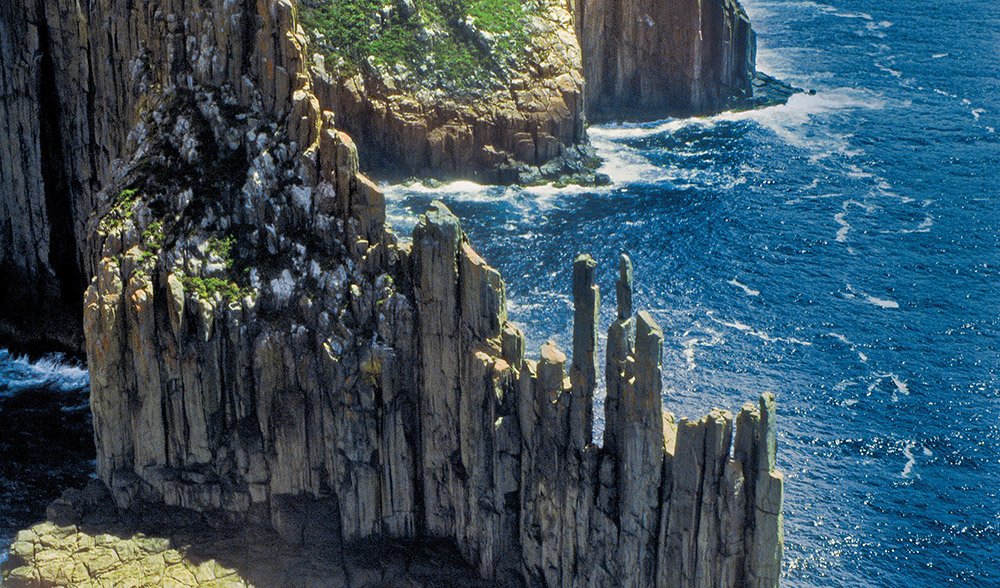
You can join our Tasmanian Wildlife and Conservation with Wilderness Flight Safari tour and explore these impressive columns firsthand.
This comprehensive, nine-day wildlife and conservation tour beautifully illustrates just what a special place Tasmania is – its pristine natural environment is one of the best places to observe animals in their natural habitat.
During the tour you’ll be treated to a goldmine of unique opportunities to learn about conservation efforts to save marine life, rare species of birds and other native Tasmanian animals including long-nosed fur seal colony around the Tasman Peninsula, and numerous marsupials including echidnas, wombats, pademelons, wallabies and possums around Cradle Mountain.
Combine this with spectacular scenery and wilderness, including the dolerite columns, wind whipped and sea scoured over millennia, great food and the well-known and friendly hospitality of the locals, and you’re sure to collect golden memories that will last a lifetime.
Find out more about our tour here, Tasmania – Wildlife and Conservation with Wilderness Flight Safari.
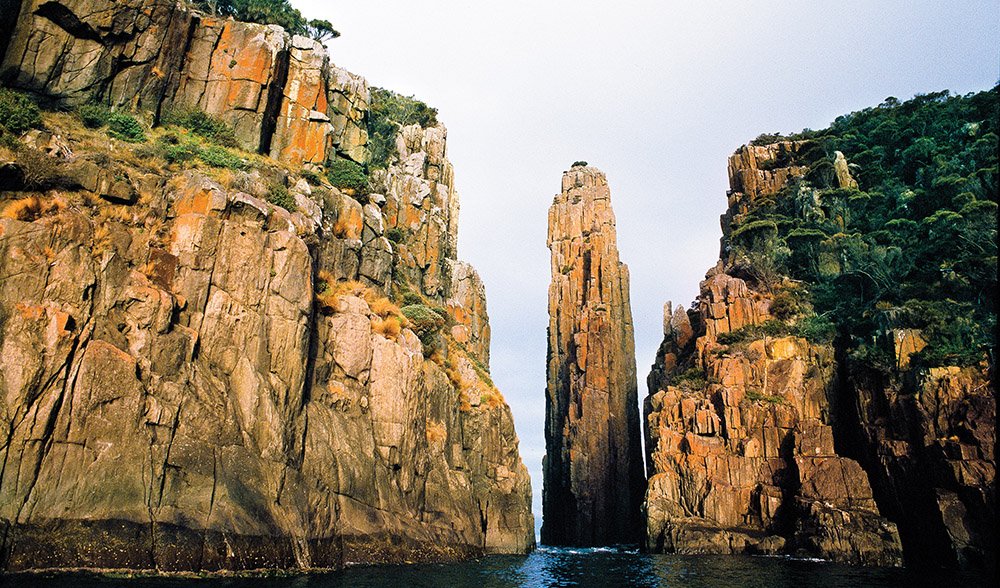
Eyre Peninsula, South Australia
Known for its deep gnamma holes, which ensure a virtually permanent water supply, Pildappa is a spectacular sight – a rock with the highest and longest wave formations on the Eyre Peninsula, SA, rivalling those of Western Australia’s famous Wave Rock.
Pildappa offers stunning views of the surrounding farm land, and an unbroken view of the Gawler Ranges and Blue Sturts to the north.
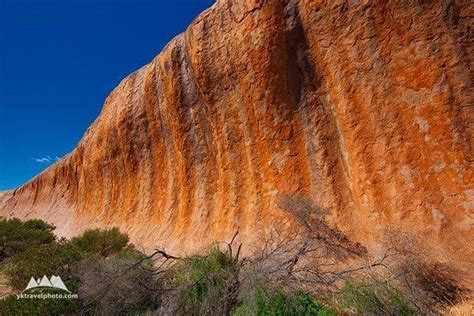
Like many other granite outcrops around Australia, it has an elaborate gutter system surrounding the base of the rock.
It’s just one of the many geological wonders you’ll experience on our Eyre Peninsula Ocean to Outback Tour.
According to David Doudle of Australian Coastal Safaris, on the coast at Talia Beach you’ll visit ‘The Woolshed’, a large cavern carved into the granite cliff by wave action. A walkway and wooden steps provide access onto the rocks to view the cave with its honeycombed ceiling, dark crevices and nearby blowholes.
“Not far away is ‘The Tub’, a large crater with a tunnel connection to the sea and a granite base,” David says. “It’s 10–30m deep and 50m across. Beyond ‘The Tub’ is a dramatic cliff face that offers long views to the south along Talia Beach.
“And then there’s Theakstone Crevasse, a fault fracture that occurred millions of years ago. It’s 13m deep with 9m high walls and extends 30m underground.”
But perhaps the most impressive ‘rocks’ you’ll see during your tour are the Organ Pipes in Gawler Range NP. You can climb to the top of these ancient rock formations, the result of volcanic eruptions more than 1500 million years ago.
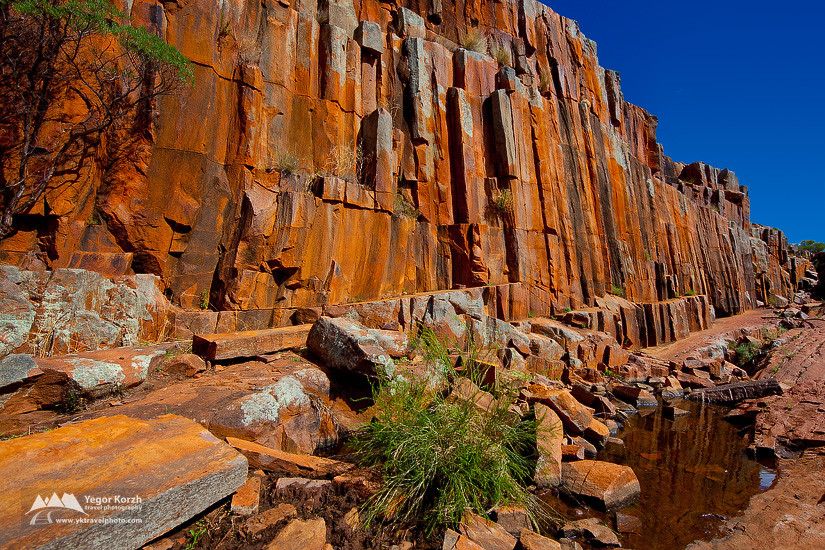
The untouched and remote beauty of the Eyre Peninsula will take your breath away. From spectacular coastal landscapes to the wildly beautiful outback, and the wildlife that call them home, you’ll revel in the diversity of this genuine ocean-to-outback tour.
Unsurpassed in its beauty, this region also teems with another truly special quality – genuine hospitality from its colourful characters. You’ll meet a host of locals during your visit to Port Lincoln, the seafood capital of Australia, and the stunning, ancient and geologically fuelled Gawler Ranges.
For more information on our tour visit Eyre Peninsula, South Australia – From the ocean to the outback.

